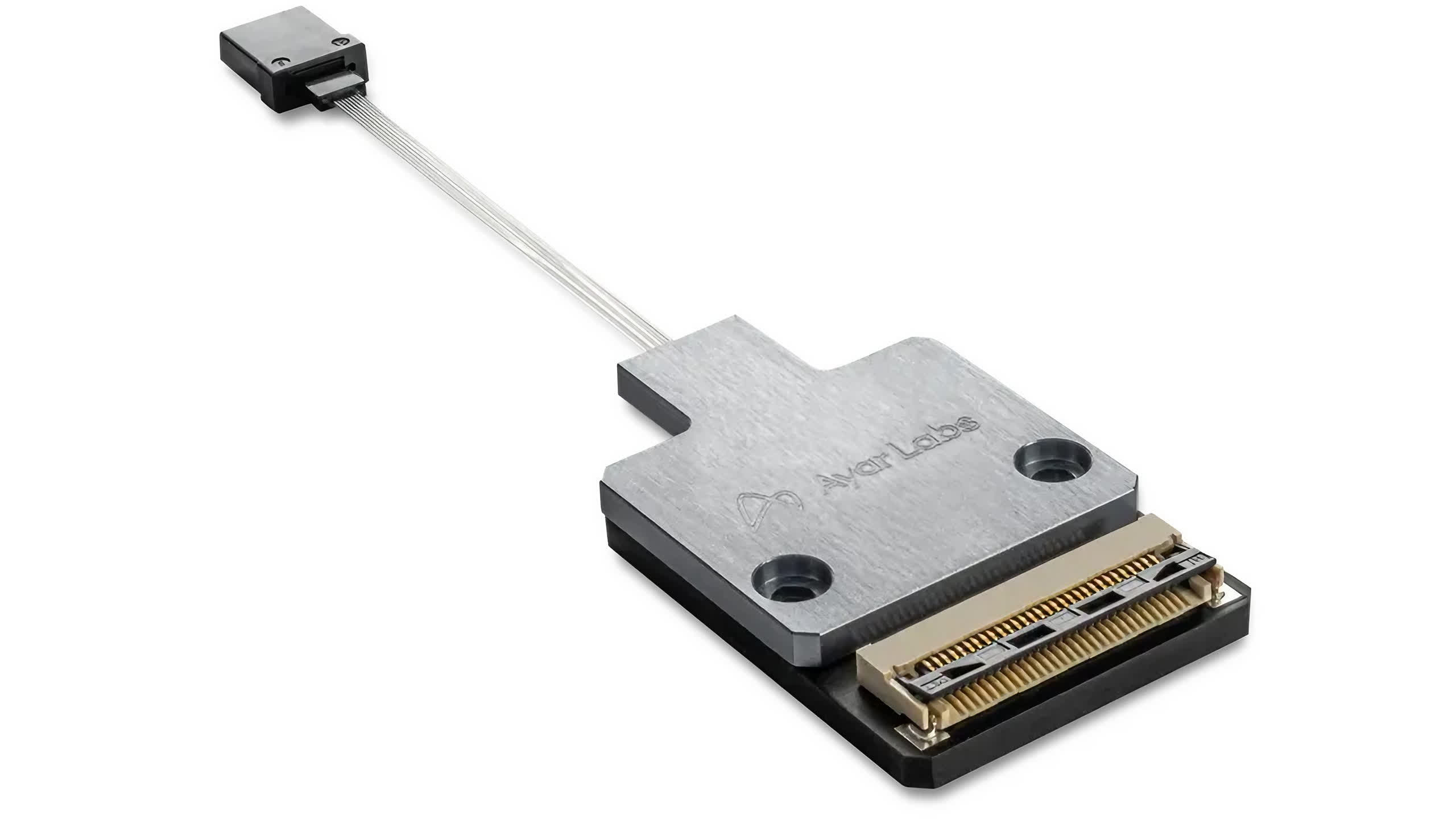Why it matters: Ayar Labs, a pioneer in optical interconnect technology that leverages light to transfer data between chips, has secured $155 million in Series D funding. The round was backed by semiconductor heavyweights Nvidia, AMD, and Intel, pushing the startup's valuation beyond $1 billion as it prepares for large-scale production.

Ayar Labs is making waves by shrinking fiber optic data transmission technology to the chip scale. Its flagship product, the TeraPHY optical I/O chiplet, delivers a staggering four terabits per second of bi-directional bandwidth with ultra-low latency. Even more impressive, it achieves this while consuming just 10 watts or five picojoules per byte – a breakthrough in energy efficiency at such speeds. The chiplet integrates directly into advanced chip packages, replacing traditional electrical interconnects with cutting-edge optical solutions.
This innovation could be a game-changer for modern AI workloads, which demand enormous data throughput. Power-hungry GPUs driving these workloads require advanced interconnects to eliminate system bottlenecks and reduce energy consumption, making Ayar Labs' technology critical for the next generation of computing.

Ayar Labs' other key innovation is the SuperNova Light Source, which supplies 16 wavelengths of light to power 16 ports and 256 data channels – delivering a total 16 terabits per second of bi-directional throughput. Designed to complement the TeraPHY chiplets in server systems, this solution offers 5 – 10x higher bandwidth, 10x lower latency, and up to 8x greater power efficiency compared to traditional electrical interconnects.
"The AI workload is really breaking the back of the existing hardware, especially for interconnects," said Ayar Labs CEO Mark Wade. "We've come up with a way to replace those electrical interconnects."
"The leading GPU providers – AMD and NVIDIA – and semiconductor foundries – GlobalFoundries, Intel Foundry, and TSMC – combined with the backing of Advent, Light Street, and our other investors underscores the potential of our optical I/O technology to redefine the future of AI infrastructure," he added.
While fiber optics have long been used for long-distance data transmission, miniaturizing the technology to the chip scale is a major technical feat. Ayar Labs has collaborated with manufacturers like GlobalFoundries and Intel to integrate its technology into high-volume chip production, with discussions reportedly underway with TSMC, according to Bloomberg.
Wade revealed that customers are already sampling the TeraPHY chiplets, with high-volume qualification anticipated by mid-2026. The company plans to use the fresh $155 million in Series D funding to scale up manufacturing and meet the skyrocketing demand for AI interconnect bandwidth.
The funding round was led by Advent Global Opportunities and Light Street Capital, with significant contributions from Nvidia, AMD Ventures, and Intel Capital – marking a collective endorsement from the "big three" chipmakers. Existing backers, including Lockheed Martin Ventures, GlobalFoundries, Applied Ventures LLC, and VentureTech Alliance, also participated in the round.
Nvidia, AMD, and Intel invest in Ayar Labs to enable futuristic light-based chips